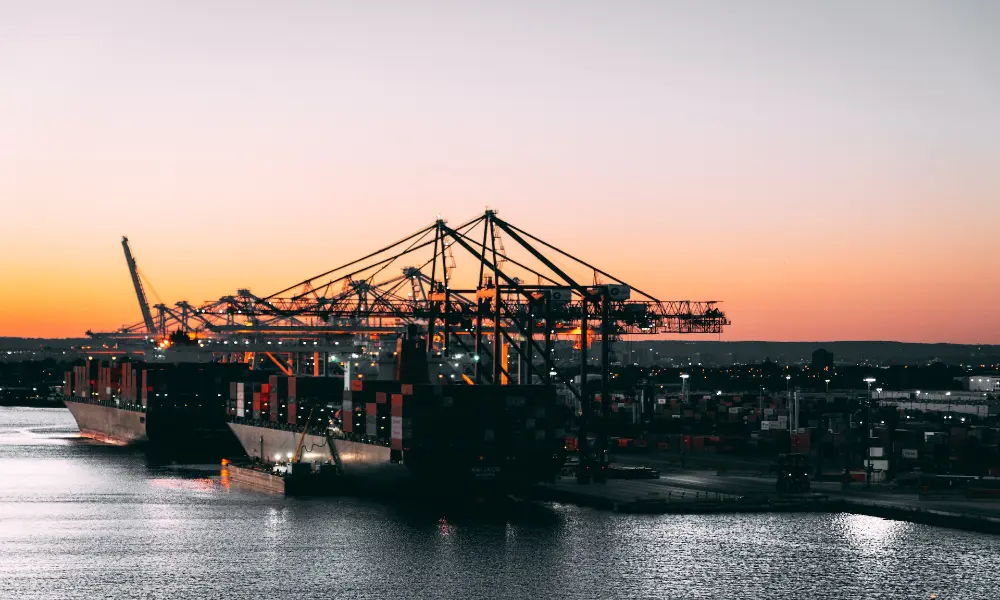European seaports became a significant contributor to atmospheric carbon dioxide in the previous year, based on recent findings. Merchant vessels docking in these ports were found responsible for injecting an alarming 130 million metric tonnes of CO2 gas into the atmosphere.
The Rising Tide of CO2 Emissions
An in-depth analysis from Transport & Environment revealed a successive and steady rise in shipping emissions over the last three years. The data showed emissions in 2020 standing at 117.8 million mt, followed by an increase to 126.3 million mt in 2021, and reaching an intimidating figure of 128.2 million mt in 2022.
The Lions’ Share in Emissions
The lion’s share of these emissions, in terms of individual ship operators, belonged to box ship handling giant MSC. CMA CGM and Maersk, two major players in the sector, contributed half of MSC’s emissions. The cumulative emissions from these three companies accounted for a significant quarter of the annual emission total of last year.
Natural Influences and Maritime Traffic
Interestingly enough, the emission surge correlates with a resurgence in pre-pandemic economic activities. The global crisis resulted in an unparalleled disruption in international travel. Cruise ship emissions in 2022, to illustrate, nearly doubled compared to the previous year, according to the NGO. The organization, dedicated to campaigning for emission reductions across all transport forms, highlighted this fact.
Political Impacts on Seaborne Emissions
In addition, an escalation in liquified natural gas (LNG) shipments due to European sanctions imposed on Russian oil substantially drove up seaborne emissions. Transport & Environment reported this contributing factor in the increasing struggle against marine-sourced air pollution.
With this new understanding of the environmental impact of the shipping industry, renewed effort and focus can turn toward finding efficient and sustainable solutions for this global issue.



